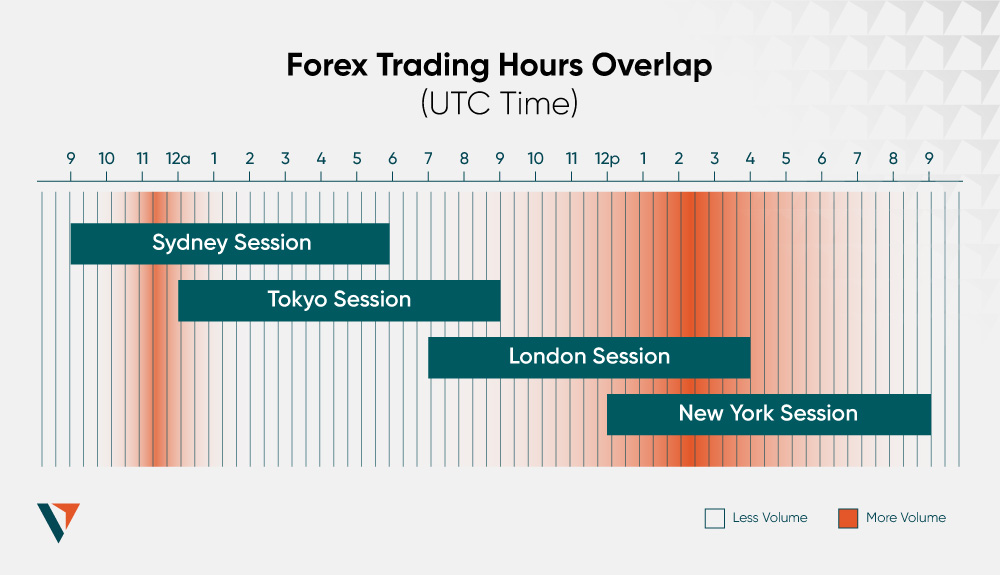How to Trade Forex Using the News: Complete Guide for Traders
In the world of Forex trading, timing and information are everything. While technical analysis dominates many strategies, news trading – basing trades on economic and geopolitical news releases – remains one of the most powerful ways to profit from market volatility. News trading allows traders to take advantage of short-term price movements that occur when key information is released to the public.
In this article, we will explore:
- What news trading is
- Why news moves the Forex market
- The best economic indicators to follow
- Pros and cons of news-based trading
- Step-by-step strategy to trade Forex with the news
- Tools and platforms for effective news trading
📢 What is News Trading in Forex?
News trading is a form of fundamental analysis where traders place positions based on upcoming or just-released economic or political news. These events can cause significant volatility and rapid price movement in currency pairs, which savvy traders try to exploit.
Examples of impactful news:
- Central bank interest rate decisions
- Non-farm payrolls (NFP)
- Inflation data (CPI, PPI)
- Unemployment claims
- GDP reports
- Geopolitical events (war, elections, trade tensions)
💥 Why Does News Affect the Forex Market?
Forex is driven by supply and demand, which are influenced by a country’s economic outlook. When a major economic release suggests stronger or weaker performance, it changes investor sentiment and their appetite for a currency.
Example:
If the U.S. Federal Reserve raises interest rates, this usually strengthens the USD because higher rates attract foreign investment.
📊 Most Important News Events to Watch
Here are some high-impact economic indicators you should follow:
| Indicator | Description | Frequency |
|---|---|---|
| Interest Rate Decisions | Set by central banks; affects currency demand | Monthly/Quarterly |
| Non-Farm Payrolls (NFP) | U.S. job data; indicates economic strength | Monthly (First Friday) |
| Consumer Price Index (CPI) | Measures inflation | Monthly |
| Gross Domestic Product (GDP) | Overall economic performance | Quarterly |
| Unemployment Rate | Labor market health | Monthly |
| Retail Sales | Consumer spending indicator | Monthly |
| Trade Balance | Exports vs imports | Monthly |
| PMI (Purchasing Managers’ Index) | Business conditions | Monthly |
You can track these with an economic calendar on platforms like Forex Factory, Investing.com, or Trading Economics.
🧠 Types of News Traders
- Pre-news traders – Enter trades before news based on expectations.
- Reactionary traders – Wait for news to be released and trade based on the actual numbers.
- Straddle traders – Set buy/sell stop orders on both sides of the price and wait for breakout after the news.
🛠 Tools You Need for News Trading
- Economic Calendar: To schedule and prepare for upcoming events.
- Fast Broker Execution: Speed is crucial – use brokers with low latency.
- News Feed: Services like Bloomberg, Reuters, or even Twitter/X can provide real-time headlines.
- Volatility Filter: Know when to avoid choppy news (use ATR indicators or volatility alerts).
- Stop-Loss & Take-Profit Tools: Essential to manage high volatility risk.
📈 Step-by-Step: How to Trade Forex Using the News
1. Prepare Your Economic Calendar
Identify high-impact events (red flag items) at the beginning of the week.
2. Choose Your Currency Pair
Pick a pair that’s affected by the news. For example, for U.S. Non-Farm Payrolls → trade USD-based pairs like EUR/USD, USD/JPY, or GBP/USD.
3. Check the Forecast
Compare the consensus forecast vs. previous values and decide your likely bias (bullish or bearish).
4. Decide Your Strategy
Option A: Straddle Strategy
- Place buy stop above the current price
- Place sell stop below the current price
- If the price breaks out in either direction post-news, one trade is triggered and the other is canceled.
Option B: Wait-and-React
- Wait for the news to drop.
- Watch how the market reacts in the first few minutes.
- Once volatility settles, enter based on confirmed direction.
5. Manage Your Risk
Set tight stop-loss and use lower leverage. Even positive data can cause unexpected reversals due to “buy the rumor, sell the news” behavior.
6. Exit with Discipline
Set take-profit levels and don’t chase the trade. News moves can be quick and reverse sharply.
📉 Pros and Cons of News Trading in Forex
✅ Pros:
- High volatility = High profit potential
- Short-term trades (ideal for scalpers/day traders)
- Clear entry points based on scheduled data
❌ Cons:
- Extremely volatile – high risk of slippage
- Spreads widen during major releases
- Emotionally stressful
- Requires fast execution and stable internet connection
🧪 Real Example: Trading NFP
Let’s say:
- EUR/USD is trading at 1.1000 before U.S. NFP
- Forecast = 200K new jobs
- Actual = 300K new jobs (very strong)
Impact: USD strengthens → EUR/USD drops
If you had placed a sell stop at 1.0980, your order would trigger when the price breaks lower, possibly hitting your target at 1.0930 within minutes.
However, spreads may widen to 10+ pips and cause unexpected losses if no stop-loss is set.
📲 Best Platforms for News Trading
| Platform | Highlights |
|---|---|
| MetaTrader 4/5 | Common for straddle strategy & EA automation |
| cTrader | Fast execution, low latency |
| NinjaTrader | Advanced charting + news reaction scripts |
| TradingView | Real-time alerts and news feed integration |
🚨 Tips for Safe and Profitable News Trading
- Avoid trading every news event – focus on the biggest ones.
- Practice with demo accounts first.
- Don’t trade during major holidays (liquidity issues).
- Monitor central bank statements closely – tone matters as much as numbers.
- Combine news with technical levels (e.g., support/resistance or Fibonacci zones).
🏁 Conclusion
Trading Forex using the news can be both highly rewarding and very risky. It demands a solid understanding of market reactions, speed, and discipline. If done right, it can generate significant short-term profits by leveraging economic releases that shake the currency markets.
Use economic calendars, stick to major news events, manage your risk tightly, and avoid overtrading. Combine this strategy with solid technical setups to increase your edge.




